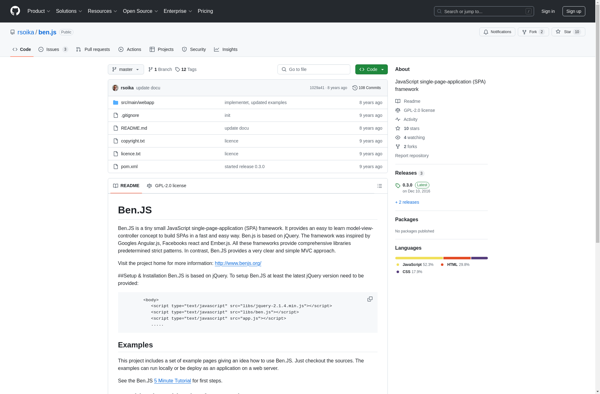Alpine.js
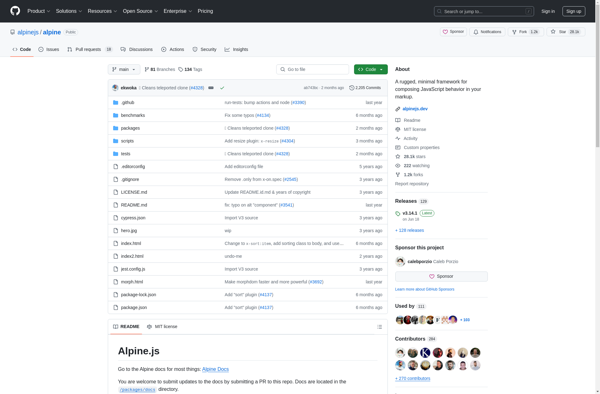
Alpine.js: Lightweight JavaScript Framework
Alpine.js is a lightweight JavaScript framework that allows you to add behavior to your markup. It provides reactive data binding and declarative handling of DOM elements without the need for a virtual DOM. Alpine makes it easy to create interactive components and UIs without a complex setup.
What is Alpine.js?
Alpine.js is an open-source JavaScript framework that allows you to add reactivity and declarative behavior to HTML without a complex frontend framework or library. It works by binding behavior directly to your existing markup.
Some key features of Alpine.js:
- Lightweight at only 11kB minified and gzipped
- Declarative and reactive DOM manipulation from inline attributes
- Component architecture for building encapsulated and reusable elements
- Template support for reusable rendering logic
- Magic properties for succinct access to element state
- Function helpers for reusable logic
- Zero dependencies, works with any frontend library
With Alpine, you can do things like conditionally show/hide elements, dynamically add/remove classes, trigger methods on user events like click or mouseenter, and more. All from attributes on existing elements, without touching the JavaScript file.
This means less JavaScript boilerplate code. You don't need wrappers like document.getElementById() just to manipulate DOM elements. Alpine lives directly on the elements themselves.
The component architecture also allows building reusable UI widgets. It serves a similar purpose to frameworks like React or Vue without the overhead of a virtual DOM. The UI updates automatically when component data changes.
Alpine calls itself a "runtime" rather than a framework. It's designed to be extremely simple yet flexible. If you want reactive behavior without complexity, Alpine.js is worth checking out.
Alpine.js Features
Features
- Reactive data binding
- Declarative DOM manipulation
- Component model
- Magic properties for accessing DOM elements
- Lightweight (~11kB gzipped)
- No virtual DOM
- Progressive enhancement friendly
- Tree shaking support
Pricing
- Open Source
Pros
Cons
Official Links
Reviews & Ratings
Login to ReviewThe Best Alpine.js Alternatives
Top Development and Javascript Frameworks and other similar apps like Alpine.js
Here are some alternatives to Alpine.js:
Suggest an alternative ❐RiotJS
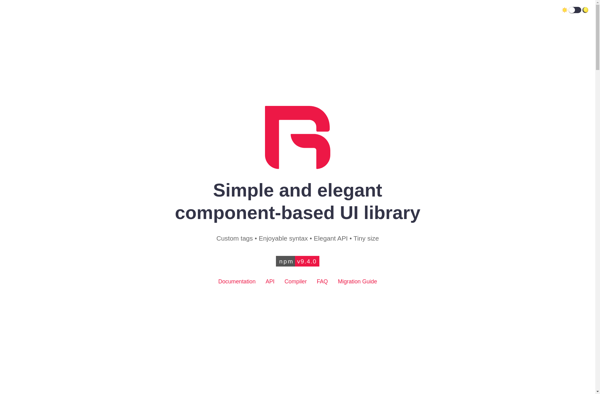
FeathersJS
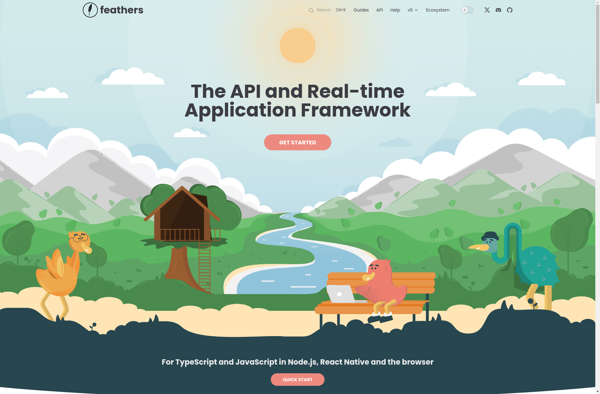
Ember.js
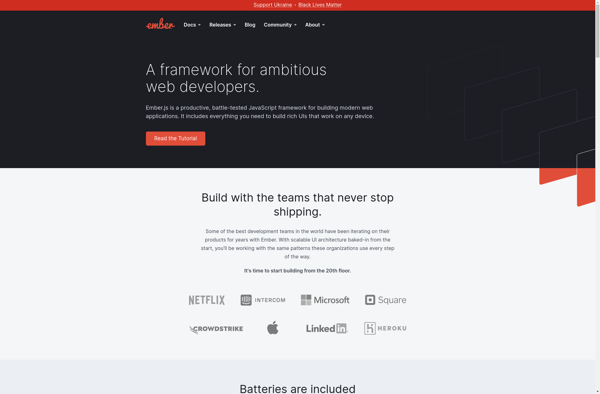
AngularJS

Backbone.js
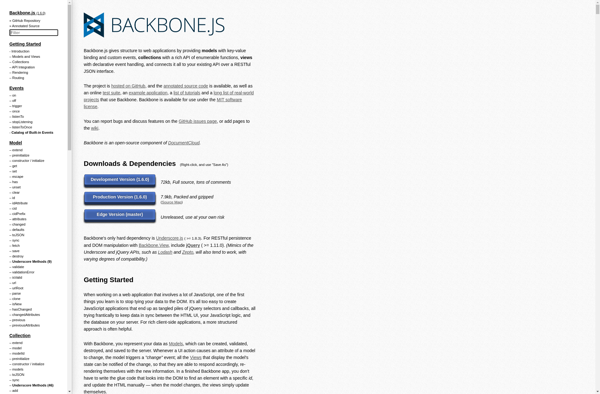
Meteor

Microsoft Web Framework

Ben.JS
